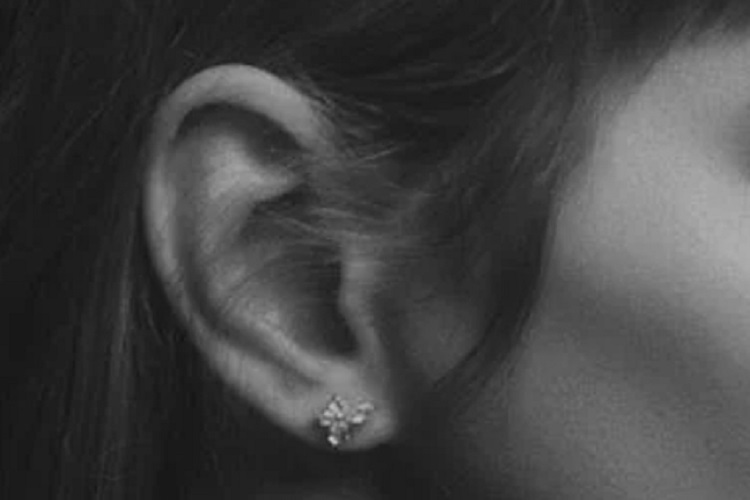
What are the most effective methods for ear hair removal? This is a frequently asked question among individuals who find themselves dealing with unwanted hair in their ears. The very act of raising this question often indicates that having ear hair can be uncomfortable or even embarrassing for many people.
If you're curious about how to safely and efficiently eliminate ear hair, you’re in the right place. In this article, not only will you discover effective ways to rid yourself of unwanted ear hair, but you'll also learn essential best practices to ensure you don't injure yourself during the process.
Before we delve into the various hair removal techniques, let’s first address an important question: Is it acceptable to remove ear hair?
Is It Acceptable to Remove Ear Hair?

The answer is yes—removing ear hair is perfectly fine, especially if its presence makes you uneasy or self-conscious. While having ear hair does not typically pose any serious health risks, many individuals prefer to remove it for aesthetic reasons. Just be sure to choose a safe method for removal, and you should be all set.
5 Safe and Effective Ear Hair Removal Methods
Here are five reliable techniques for eliminating ear hair:
1. Employing an Electric Hair Trimmer
First on our list is trimming, which is a simple and effective method. There are electric trimmers specifically designed for ear hair removal, and they are quite safe to use. One of the advantages of these trimmers is their affordability and accessibility; you can find them in most parts of the world.
However, it's important to note that using a trimmer does not offer a permanent solution, as it only cuts the hair and does not remove it from the root. Consequently, you will need to trim your ear hair periodically. That said, it remains a safe and efficient choice if you can dedicate a few minutes regularly to maintain your desired look.
2. Waxing Ear Hair

In addition to trimming, waxing is another popular method for those dealing with ear hair. This technique entails applying wax to the targeted area and then swiftly removing both the wax and hair together. While this method can be effective and efficient, we highly recommend that you seek the assistance of a professional. This is crucial to avoid applying wax to sensitive areas, as professionals are trained to handle waxing without endangering the eardrum or inner ear.
The benefits of waxing include its long-lasting results and the quick nature of the process. Simply schedule an appointment with a local esthetician, and they will take care of you promptly. However, keep in mind that waxing can be somewhat painful, which may deter some individuals. If you have a low pain threshold, you might want to explore other, less painful alternatives.
3. Utilizing Hair Removal Cream
Another option for getting rid of ear hair is to use depilatory creams. When selecting a hair removal cream, it’s essential to scrutinize the ingredients to ensure you are not allergic to any components. Additionally, conducting a patch test prior to full application is always a wise precaution.
A patch test involves applying a small amount of the cream on a discreet area of your skin to confirm its compatibility and ensure it won’t lead to any irritation.
4. Plucking Ear Hair

If you have only a few stray hairs, plucking could be a viable option. For this method, you'll need a pair of tweezers and a good mirror.
When selecting tweezers, opt for a slanted type with a blunt tip to avoid any injuries during the process. A magnifying mirror can help illuminate the area for better visibility while you work. It’s advisable to pull out one hair at a time to minimize discomfort, and be cautious not to use tweezers inside the ear canal, as this could lead to punct






































